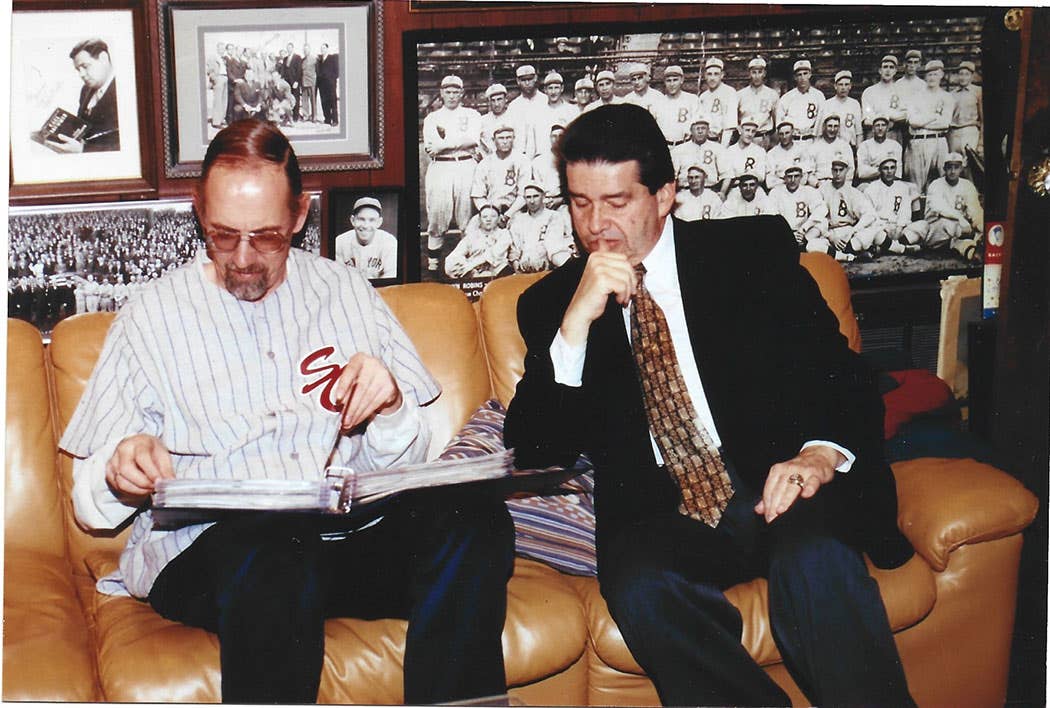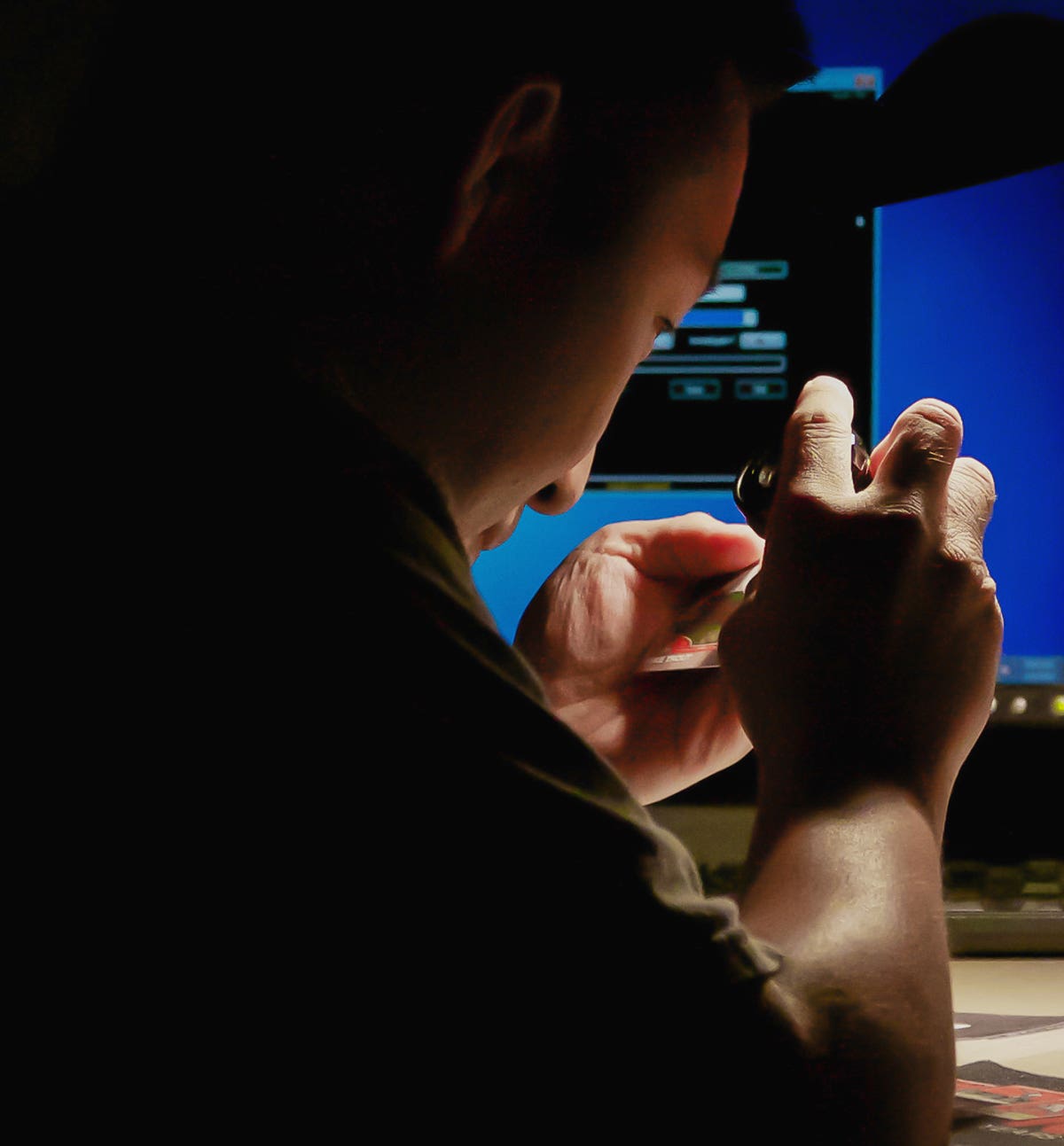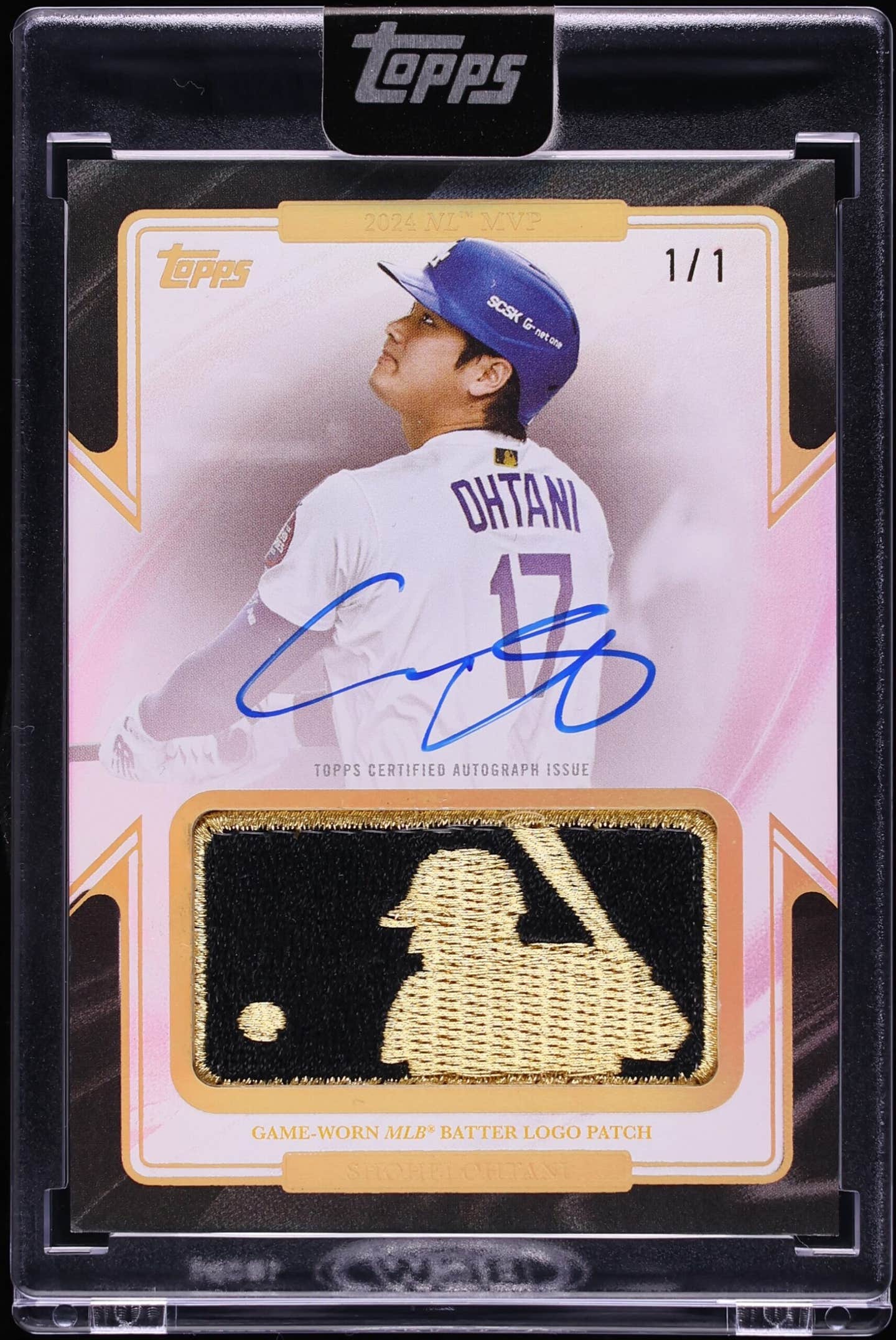
News
SCD 50th: Collector, writer, artist T.S. O’Connell chronicles hobby journey as editor of SCD
When the phenomenon of jaw-dropping prices for tiny pieces of cardboard started to take hold in the hobby in the 1970s, adults were pretty uniformly startled to learn that those Topps and Bowman cards from their childhood years were being frantically sought by collectors.
This was the period when ardent collectors were supposedly “coming out of the closet,” an unironic nod to the idea that you could continue to accumulate baseball cards beyond your adolescence because now they were worth real money and thus an acceptable pastime for adults.
For most serious collectors at the time, this was sort of like buying Playboy Magazine for the articles: really, we continued collecting because we simply liked the cards. The money thing was just a handy cover story.
This grand cultural shift seemed to take place organically, but there were dozens of competing newsletters and magazines that helped to provide an impetus for the dramatic hobby expansion that was to come. The single most influential hobby publication to help along the way was Sports Collectors Digest, a Stommen family production that was mailed to eager collectors around the country. Launched in 1973, the magazine was filled with news, display ads, and classifieds, providing the fledgling hobby with the foundation that was required for expansion. And boy, was there ever expansion to come!
As a former editor, SCD has had a special hold on me, a linkage that dates back to around 1981 when it was acquired by Krause Publications in Iola, Wis. This was also when I first became a subscriber and would eventually join the ranks of its vast armada of advertisers, then started to submit freelance articles by the mid-1980s and ultimately joined the Krause Publications family full time in 1993.
By the time I retired in 2011, I had been on hand for a number of amazing shifts in the hobby over four decades, a stretch that included the arrival of Fleer and Donruss as competitors to Topps in 1981, the bruising MLB work stoppage in 1994, and even the show-stopping auction of the fabled Barry Halper Collection by Sotheby’s in 1999. Toss in nearly 20 years of chronicling the exploits of perhaps the most famous dealer in hobby history, Alan “Mr. Mint” Rosen, and you have a nice glimpse into the best job I ever had.
After subscribing for several years, it only seemed natural when I launched my own company featuring my baseball card artwork in 1983 that a full-page display ad in SCD would start the ball rolling. It was thrilling to see my brand-new company represented in the magazine with the first of what would be dozens of ads for the various O’Connell & Son Ink sets and prints.
At the same time, I started freelancing for SCD, something that would provide a nice introduction to the editors who processed several dozen of my articles over the next 10 years. By the time I interviewed with the legendary Bob Lemke in 1993, the SCD publisher was willing to take a chance on me and offered an associate editor job that would move me from New York to Iola, Wis.
It didn’t take long to realize that this was as good as it would ever get in the workplace for me. My seven years in that position included trips all over the country, from various fan fests and the attendant All-Star Games to National Conventions — my first had been in 1984 when I had half of a table at Parsippany, N.J. — and major auctions of every description, along with regional card shows throughout the Midwest.
I had met Alan “Mr. Mint” Rosen in 1985 when I sold him a blistering 1965 Topps Mickey Mantle and several other major stars amid the tumultuous and breathtaking Willow Grove Show in Suburban Philadelphia. This was back when Willow Grove was easily the equal of most Nationals, as rowdy and exhilarating as any card show I’ve ever encountered. I’ve told people for the last 40 years how amazing that show was; I had even managed to snag a table at the show in 1984 for O’Connell & Son Ink, back when it was so tight behind the tables that you would have to crawl on all fours to find a hole to get yourself to the men’s room or get your hands on a crappy cheeseburger.
ROSEN AND TRUE MINT
In my second year at SCD, I was given the opportunity to write a book with the loquacious Mr. Mint and thus was born his “True Mint” autobiography, with Rosen telling the story of all his famous finds and me duly tape recording every word.
To engineer this, I had traveled with him to several shows over a two-month span, one of the great perks to my job that would continue at a slightly less frantic pace until I retired in 2011. From the wilds of the Pocono Mountains in Pennsylvania to the steamy bustle of Los Angeles and points in between, I chronicled many of the biggest deals of the man who was easily the most famous baseball card dealer in the country.
From the preeminent dealer to the most prolific collector in the hobby was a natural transition, and so I was able to solidify a friendship with the incredible Barry Halper, whom I had known since the mid-1980s.
In 1996 came one of the great thrills of an SCD tenure that had no shortage of highlights: I traveled with the official SCD photographer to Halper’s home in Livingston, N.J., and viewed his fabulous collection in its natural habitat in a manner of speaking.
I was awestruck to see the incredible range of material jammed into his basement. Within three years, most of it would be dispersed to eager collectors around the country after a $40 million auction at Sotheby’s (and online) that was arguably the most significant milepost in hobby history. And SCD was there to cover the sale, including the moment when Billy Crystal leaned out of one of the VIP boxes from above and gleefully announced that he was the winning bidder of Mickey Mantle’s 1960 glove for a mere $239,000.
As the century was winding down, SCD grandly jumped into the show business, hosting one of the largest card shows in the country at the massive Philadelphia Convention Center; the new millennium brought other new directions for the company as we launched a card-grading service and later dipped our big toe into the auction business. I was only minimally involved in the former and more active in the latter, writing descriptions for some of the lots.
The year 2000 also brought what would have to be described as the highlight of my lifelong journalism career as I was named editor of SCD, a job I had aspired to almost from the moment I had started freelancing for them in the mid-1980s. Perhaps the only downside was that I didn’t get to travel quite as much, saddled as I was, with the ultimate responsibility for getting the weekly SCD out the door in a timely fashion.
As the editor, I also started blogging around the same time, which was, let’s say, interesting as I tried to accustom myself to the internet age and all the purple prose, malicious gibberish, and fulminating that it engenders. I would have bristled a bit more than I did, except that I enjoyed converting the online blogging into pieces for my weekly column in SCD. And “blogging” has to be the stupidest, most inane active verb ever created.
But I digress. In what was certainly my last big highlight at SCD – I didn’t regard retiring as a highlight – I was tapped to author “Legendary Yankee Stadium: Memories and Memorabilia From The House That Ruth Built,” a spectacular hardcover book that Krause Publications published upon the occasion of the opening of the “new” Yankee Stadium in 2009. Chaperoning that book brought me the opportunity to showcase two of my favorite artists, the legendary Dick Perez and my good friend Andy Jurinko, with their stunning artwork helping to make the volume so special.
This reminds me of one of my key efforts throughout my time as editor and even as an associate editor. I tried to present the wonderful artwork of a veritable battalion of remarkably accomplished artists, many of whom wound up gracing the SCD covers to extraordinary effect. I truly believe that the contributions of the likes of Jurinko, Perez, Charles De Simone, Arthur Miller, Bruce and Ron Stark, Darryl Vlasak, Paul Madden, Mike Schacht, and a host of others were a great and unique addition to the magazine.
And just like that, it was all over. Retirement arrived in 2011, and the best job I ever had was finished. It’s an affiliation that I will always treasure.
Thanks to current editor Jeff Owens for the chance to offer an epilogue to a 40-year journey through the hobby.
— T.S. O’Connell began contributing to SCD in the mid-1980s and joined the staff full-time in 1993. He served as editor from 2000-2011.
T.S. O’Connell








